NephCure hosted the 12th International Podocyte Conference in Montreal from May 31 to June 2, 2018. With over 309 attendees, including researchers, study coordinators, pharmaceutical representatives, physicians, and trainees, the conference was a huge success and one of the largest in the conference’s history. New this year was a deliberate focus on “bench to bedside” research, concentrating on applying research uncovered in the lab towards improving treatments for patients.
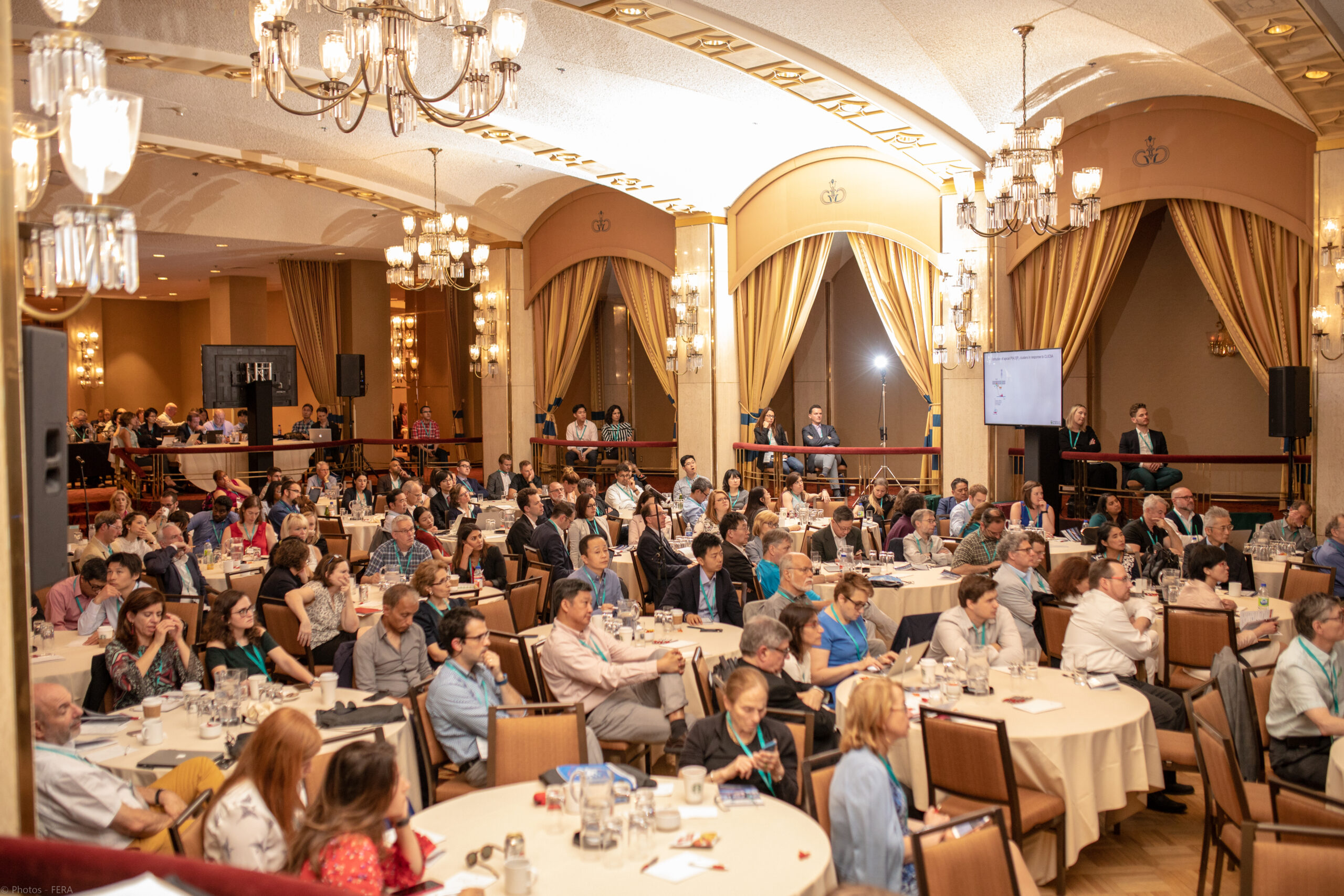
The biannual conference – most recently also held in Germany, Miami, and Israel – focuses on a specific cell in the kidney called a podocyte. These cells have “foot processes” that look like tentacles, which wrap around capillaries to help the kidney filter blood. The tentacles and general shape of the podocyte resemble an octopus, which is also the conference’s mascot!
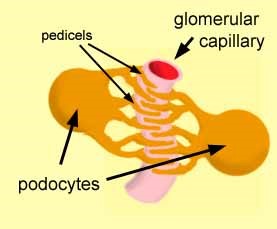

NephCure CEO Josh Tarnoff introduced the conference on a positive note: While 20 years ago little was known about the function of the podocyte and how it related to chronic kidney disease, today, in part because of the connections made at past Podocyte Conferences, we have huge developments in treatments. There are now many pharmaceutical companies interested in Nephrotic Syndrome, and they are seeking to develop treatments as a result of discussions at these biannual conferences.
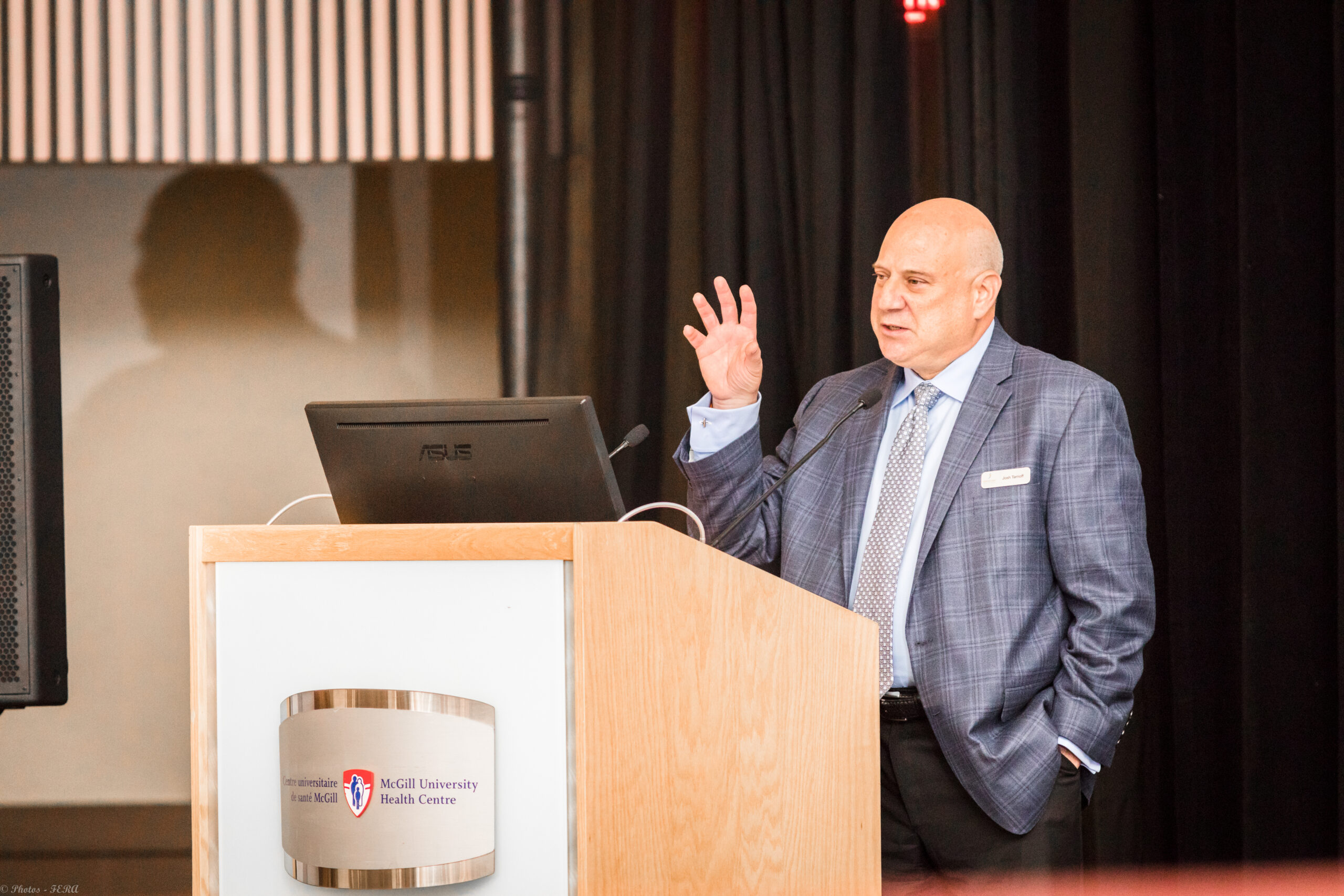
As in past years, NephCure hosted a patient education workshop for families in conjunction with the conference. The one-day program featured talks on treatment options, updates in research, and dietary recommendations, and brought together 25 patient families and more than 75 people impacted by Nephrotic Syndrome.
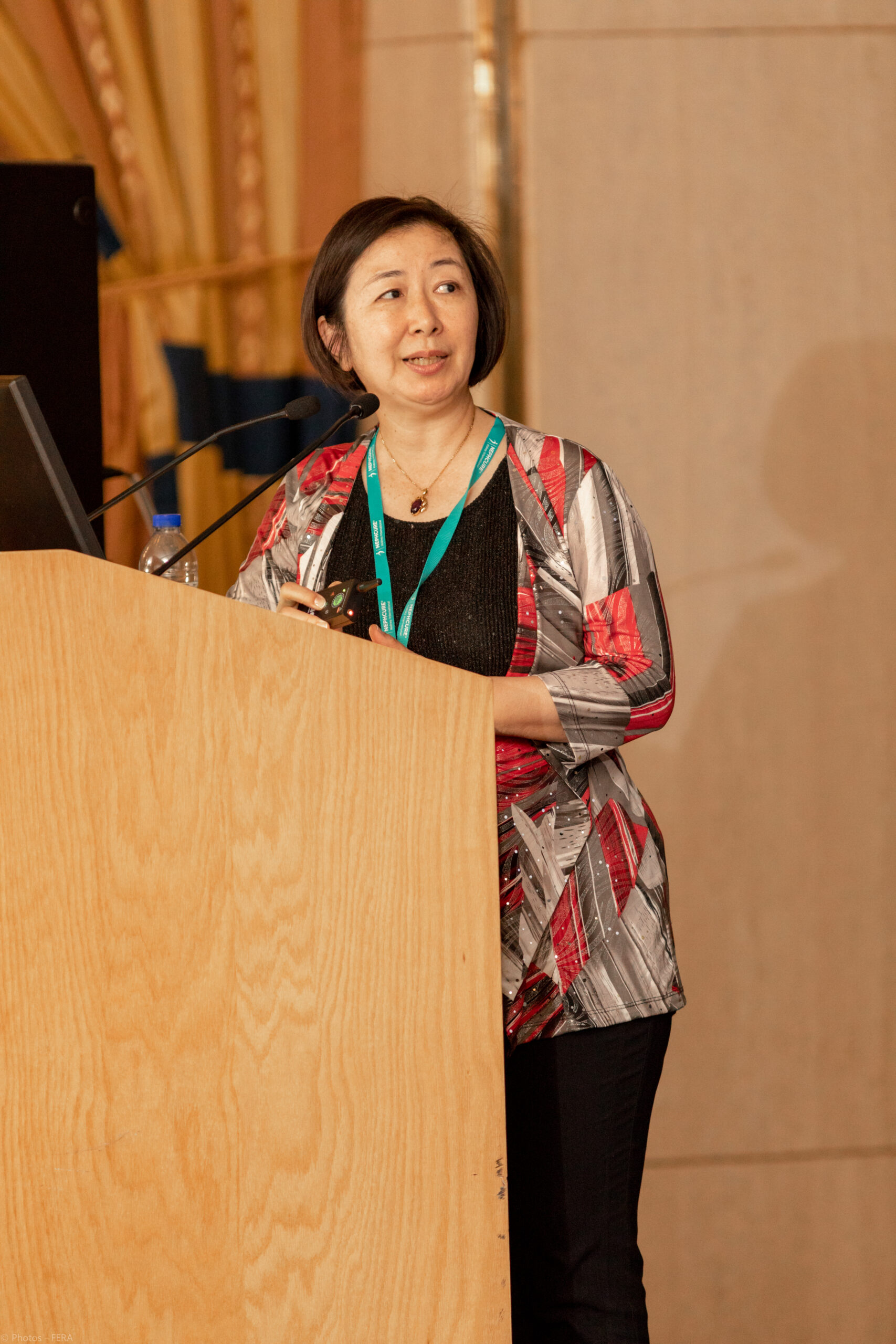
In Nephrotic Syndrome, the kidney’s podocytes are not functioning properly. This loss of function is one of reasons that protein leaks into the urine. It was once thought that when podocytes stop functioning, they could not be restored. However, Podocyte Conference Steering Committee Member Stuart Shankland discussed new research in regenerating these cells in animal models with the intention of developing treatments for human patients during his presentation, “Developmental origin of podocyte in injury.” Shankland has been researching how parietal epithelial cells may be able to repair or regenerate injured podocytes. Both parietal epithelial cells (PECs) and podocytes are a part of the Bowman’s capsule, a membrane that surrounds the glomerulus of each nephron in a kidney.

Ryuichi Nishinakamura of Japan’s Kumamoto University spoke on “Dissecting podocyte development and disease in kidney organoids.” An organoid is an group of artificially-grown cells that resemble an organ. Researchers use organoids to learn more about how organs and organ cells like podocytes function. Anna Greka, a researcher and physician at Harvard’s Broad Institute, delivered a talk in the Advances in Therapeutics for Glomerular Nephropathies portion of the conference. Her lecture, “Mechanism-based precision therapies for progressive kidney disease,” in addition to many other presentations, emphasized the importance of personalized treatments for patients.
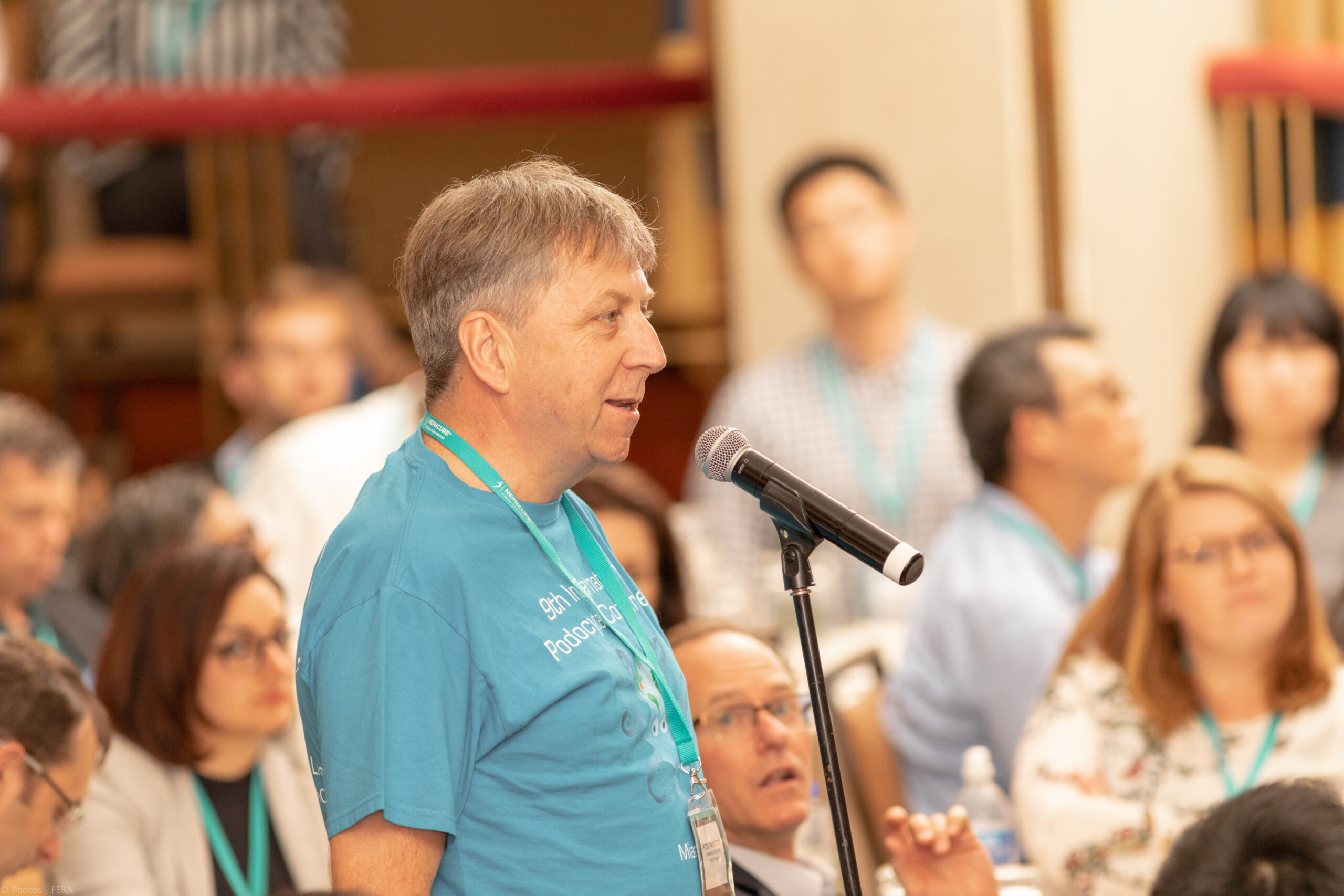
The feedback we received on the conference was overwhelmingly positive, and many participants said it will impact their practice and research. One participant said, “More collaboration with basic scientists will lead to find[ing a] cure for podocytopathy,” meaning all diseases that affect podocytes. Other participants commented that the conference helped them in “Recognizing novel pathways of disease that will provide targets for ongoing and upcoming clinical trials.” The researchers were grateful for a space to share their developments and forward the field. Another idea common to the evaluations was the gift of hope for the future many of these talks provided. One responder explained that the conference “raises optimism for future care.”
The multi-faceted concept of research, from basic science to clinical trials to cures, is ingrained in NephCure’s DNA. We are invigorated by the discussions at this year’s Podocyte Conference and look forward to hosting the next conference in Manchester, England in 2020.
(Photography by Photos FERA – www.photosfera.ca)